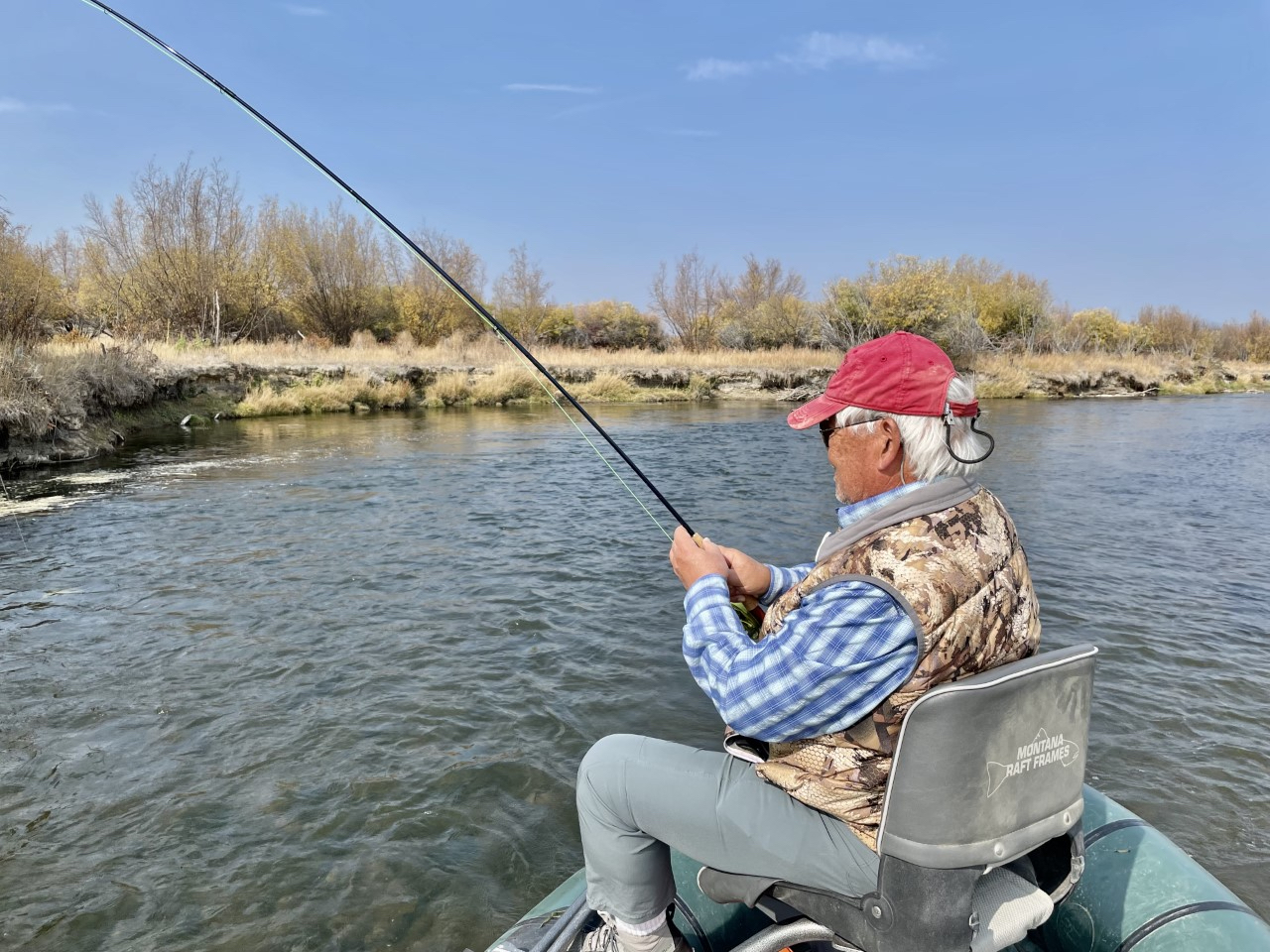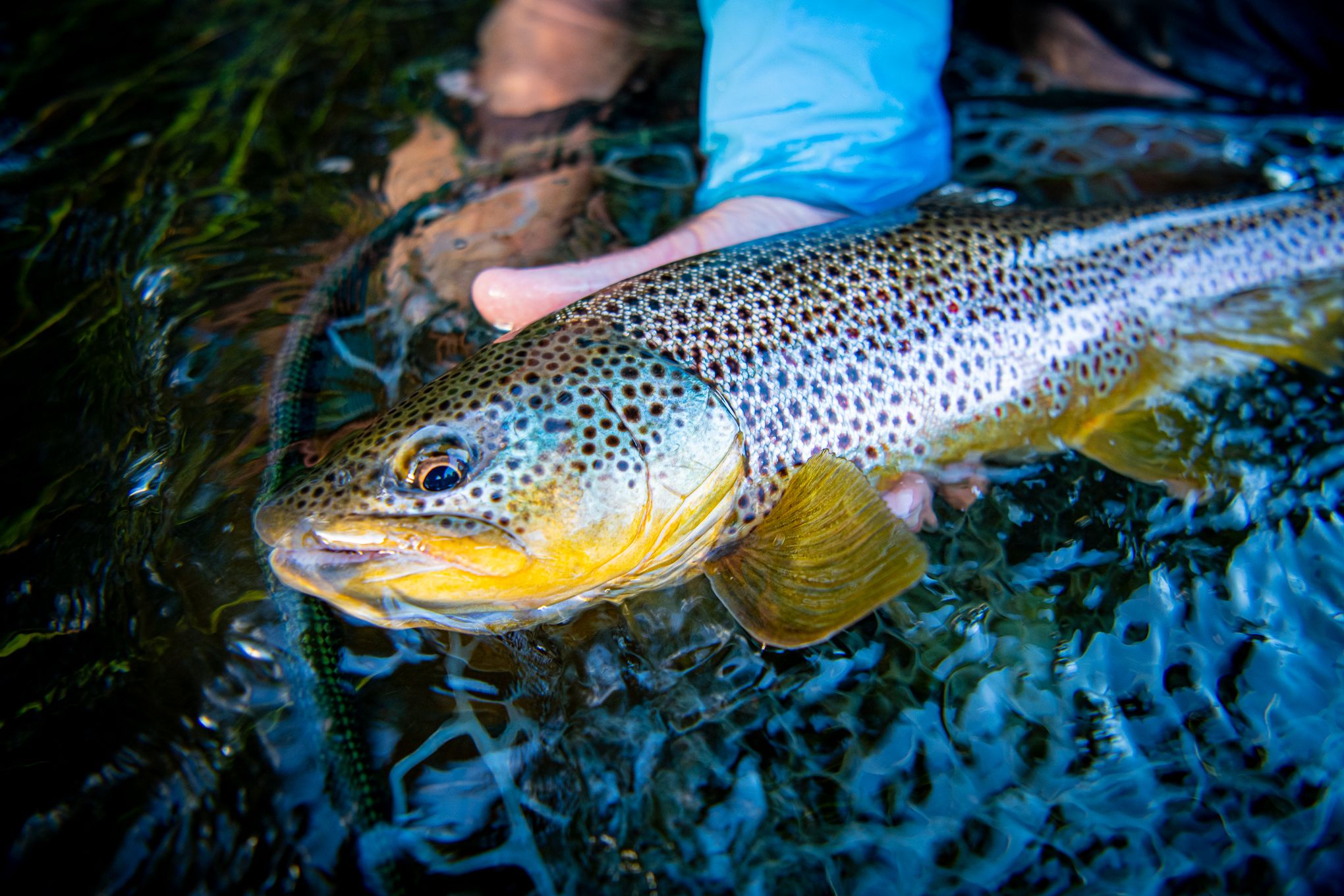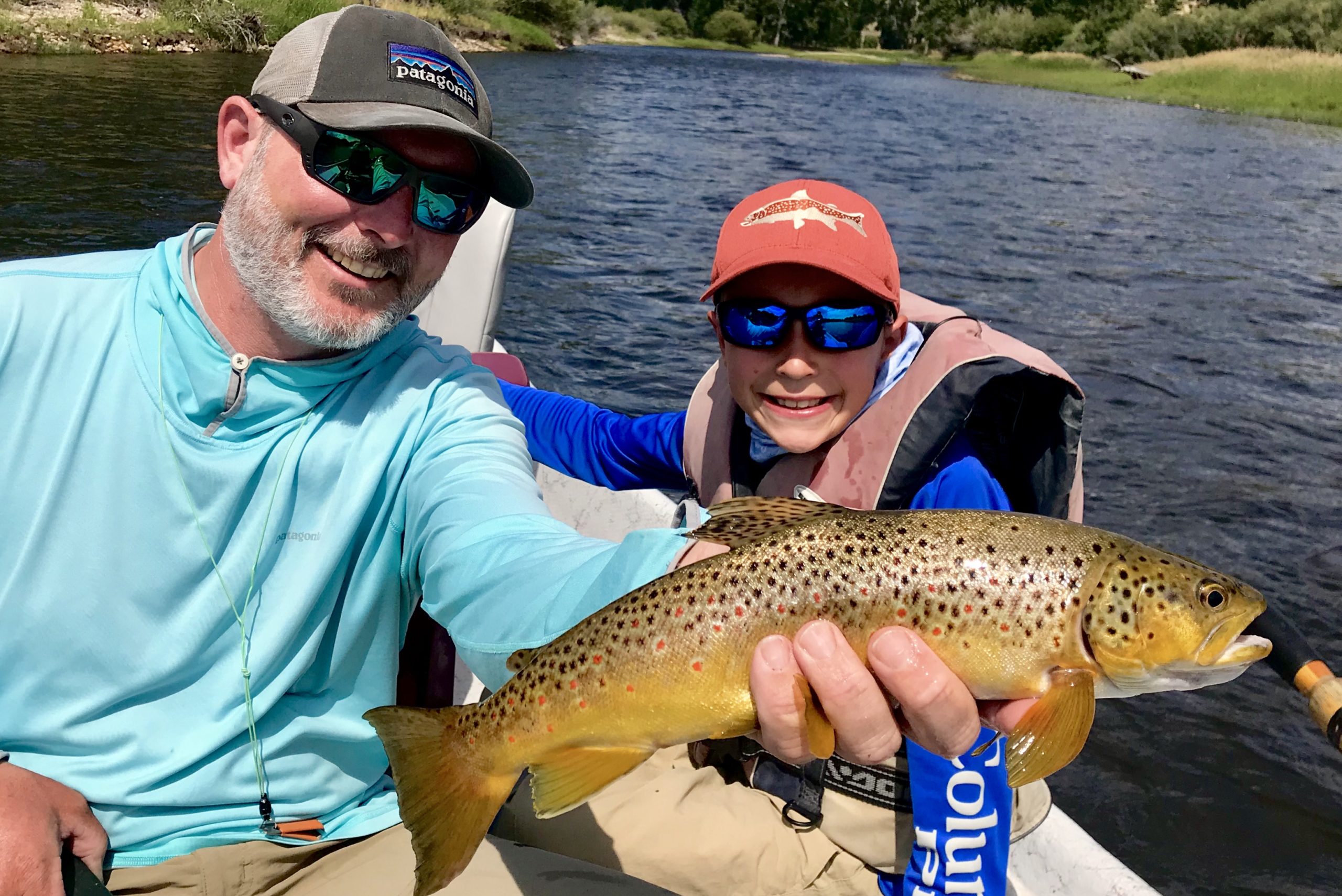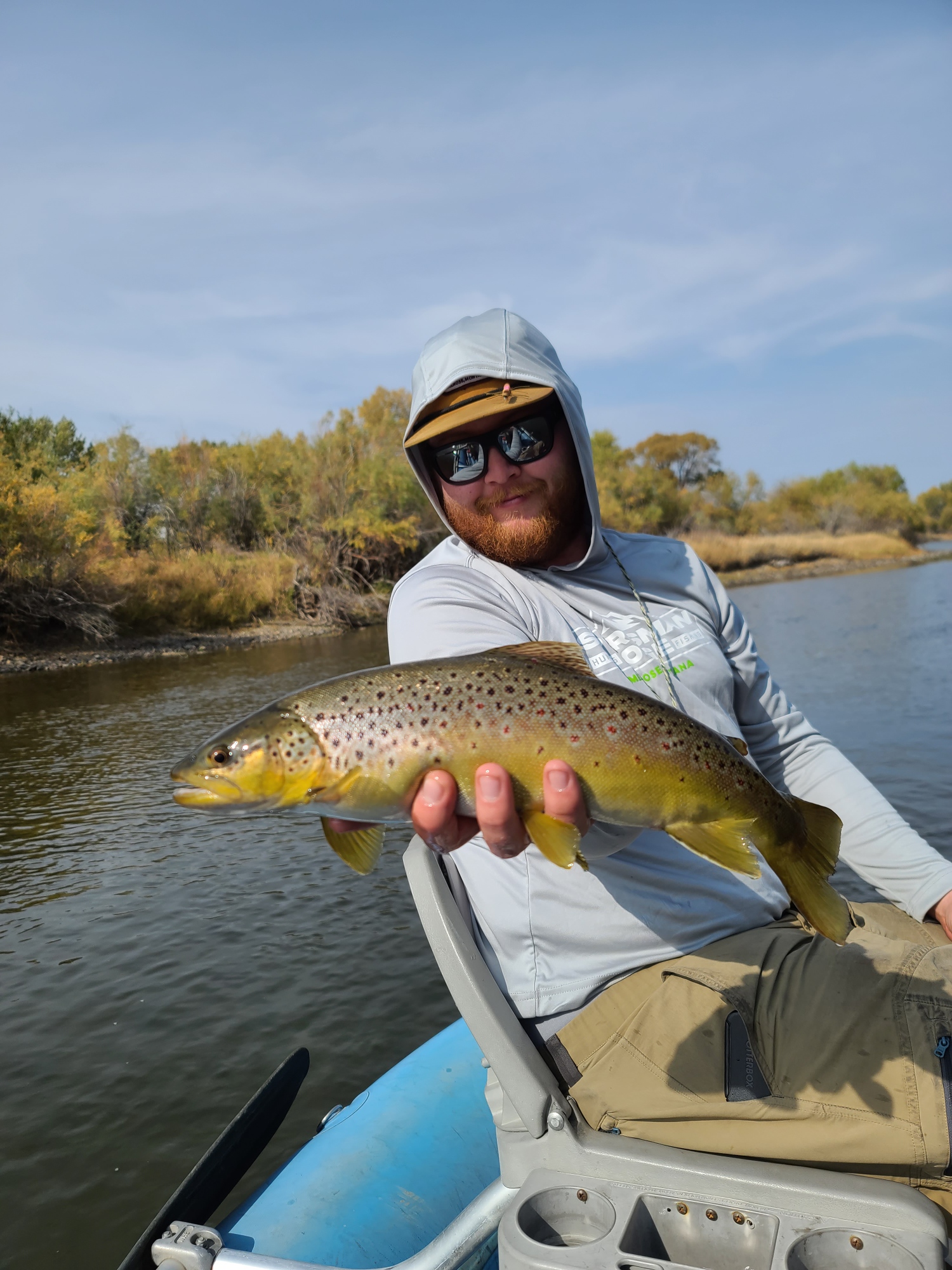
UPPER Clark Fork River
Enjoy a Guided Float Trip on the Upper Clark Fork River
Experience the Clark Fork with the Best Guides in Southwest Montana
Sunrise Fly Shop provides guided Upper Clark Fork fly fishing that will put you on one of the most unique rivers in Montana. The Clark Fork River is Montana’s largest river by volume, but you would never know that by seeing the modest size of its upper sections. With winding bend after winding bed, you never know which bank is going to produce the trout that you have always been looking for

A Success Story for the Ages
With the headwaters of the Clark Fork River originating from both Butte and Anaconda, two of the larger mining and smeltering operations of the 19th and 20th centuries, the water and riparian areas of the river were contaminated and degraded for years. When the Superfund Act was enacted, a large portion of the Upper Clark Fork was declared a Superfund Site.
Determination and Hard Work Have Paid Off
Millions of dollars and thousands of man-hours were spent on restoration projects that have cleaned contaminated areas of the Upper Clark Fork watershed and have returned it to the phenomenal dry fly fishery that it had been in the past. The successful return of this fabulous fishery shows not only the resiliency of wild trout, but also what can be accomplished when restoration, conservation, and ingenuity come together to rescue a wounded River. Now, after years of hard work, the Upper Clark Fork River has returned to reclaim its title as one of the best rivers in Southwest Montana.

Seasons on the Clark Fork River
Expand any of the seasons below to view specific details about the river and hatches for the given season.

Hatches: Midges, Blue Winged Olives, Caddis
During the Spring, when other rivers are struggling with rising, off-color water the Beaverhead is a great option. Because the Beaverhead River is a stable tailwater, it is likely to have clear and low water. It is common to find Midges as well as Blue Winged Olives hatching in April, providing anglers opportunities to find fish holding in skinny water sipping on these spring hatches. Our guides will ensure a stealthy approach to increase the chances of scoring that big brown or rainbow.
The most noteworthy hatch in the spring on the Beaverhead is the Mother’s day Caddis. This snowstorm-like hatch generally begins during the first week of May and lasts for about a week. During the Mother’s Day Caddis hatch, Pipe Organ Fishing Access to Barrett’s is a great spring float trip with one of our guides on the Beaverhead River. Call Sunrise Fly Shop now to ensure you have a guided float trip reserved!

Hatches: Blue Winged Olives, Pale Morning Duns, Yellow Sallies, Hoppers, Crane Flies, Caddis, Tricos
Summer hatches on the Beaverhead are abundant, consistent, and diverse. Some of the thickest Pale Morning Dun and Yellow Sallie hatches in the Western United States are found on the Beaverhead River. During the early part of the summer fish begin to key in on both PMD and Yellow Sallies. These two hatches will continue into July with amazing regularity, providing anglers with one of the most consistent trout fisheries in Montana. As much as the Beaverhead is known as a nymph fishery, during both the PMD and the Yellow Sallie hatches, the section of the Beaverhead below the High Bridge Fishing Access can produce some of the best dry fly fishing of the year.
In late August and into September the Beaverhead produces a unique hatch that you will not find on many western rivers. The Beaverhead’s Crane Fly hatch is special in that to attract trout to your fly, you must skate these large dry flies on the surface and drag them across the water. This unusual technique will entice both browns and rainbow to chase your fly and attack it aggressively on the surface.

Hatches: Pale Morning Duns, Tricos, Hoppers, Crane Flies, Blue Winged Olives
As the summer starts to wind down in Southwest Montana, the trico fishing on the Beaverhead starts to pick up. On the cooler mornings of September and early October you can find tricos hatching on the upper Beaverhead. Every morning as the trico spinners begin to fall, the massive fish that live between the Clark Canyon Dam and High Bridge FAS come to the surface to feed on this abundant tiny mayfly. Because of it’s technical nature, catching and landing a trophy Beaverhead trout on a trico dry fly is one of the most rewarding accomplishments a fly fisherman may every have.
